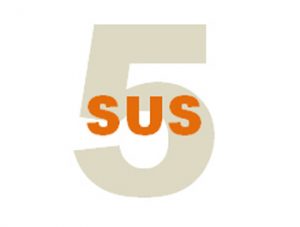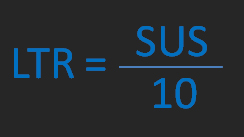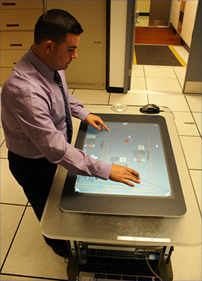
Why the SUPR-Q is better than the SUS for websites
When I started systematically measuring website usability over 10 years ago I started with the SUS as a key metric. The System Usability Scale (SUS) was the natural questionnaire to start with. It was then, as it is now, a popular 10-item questionnaire to measure the perceived usability of interfaces. It’s been around for over








